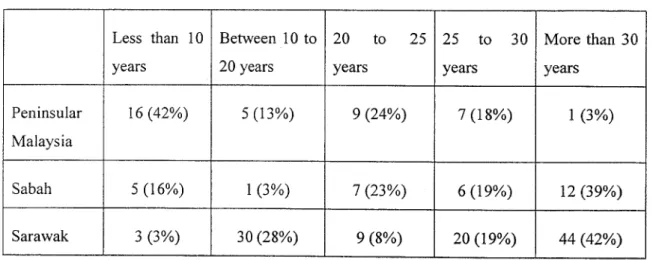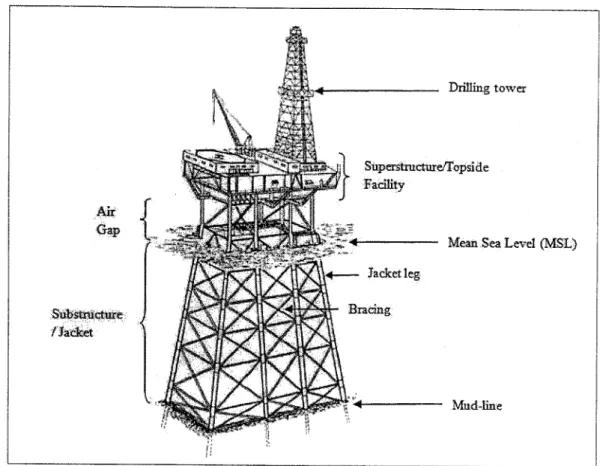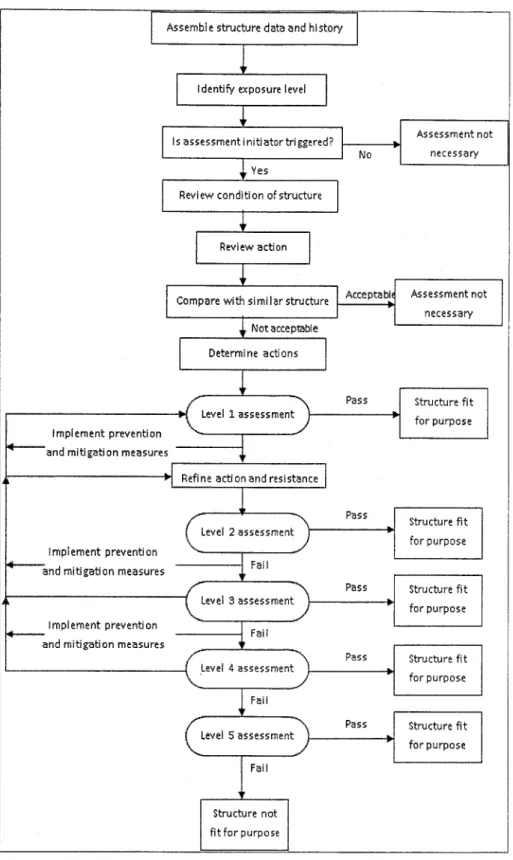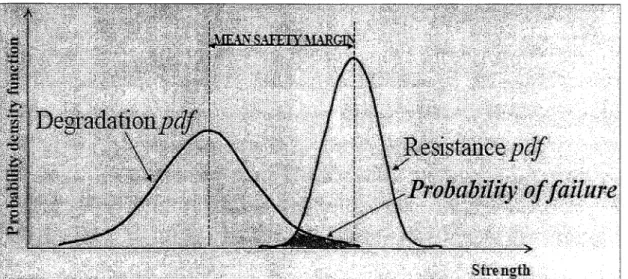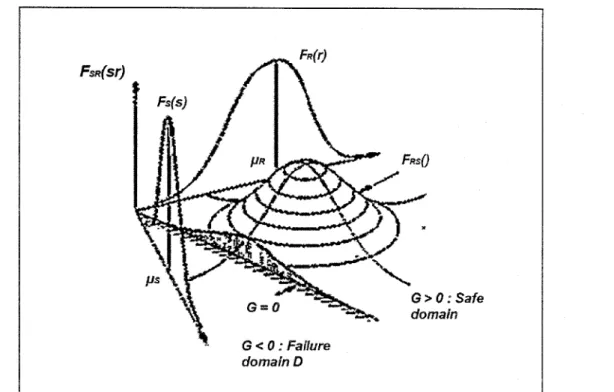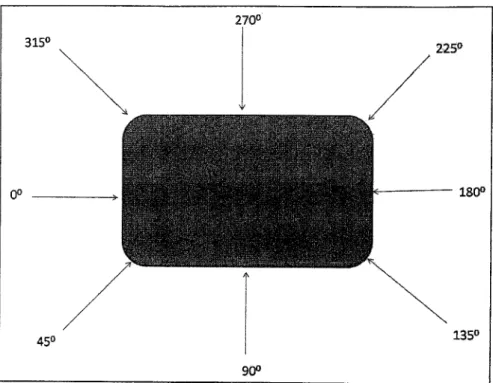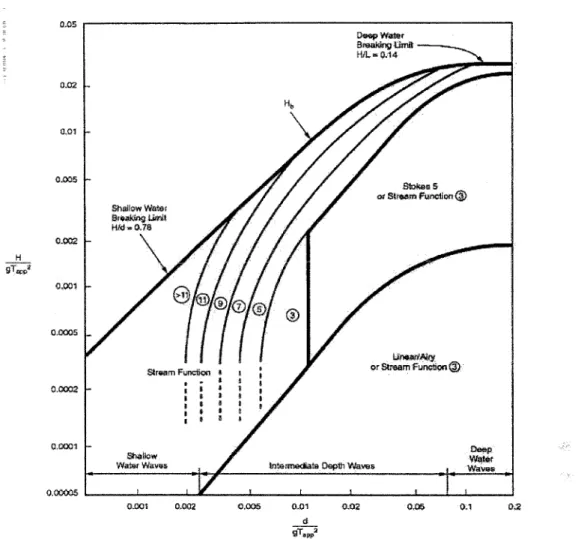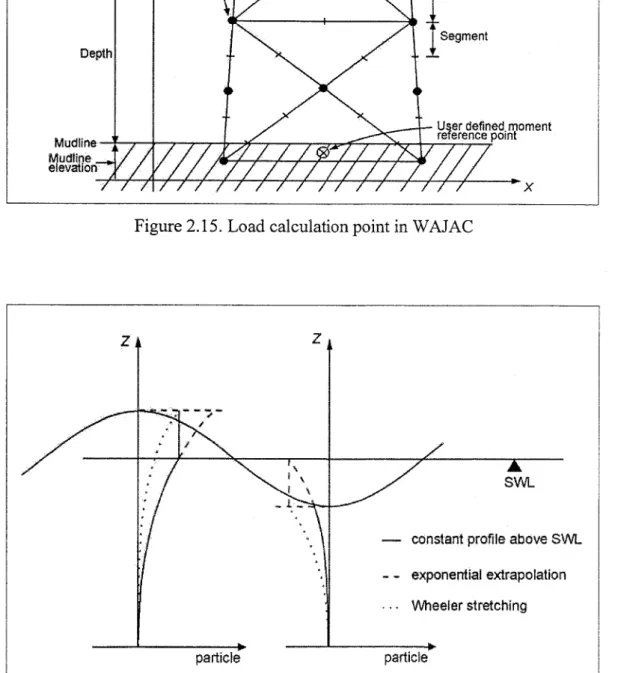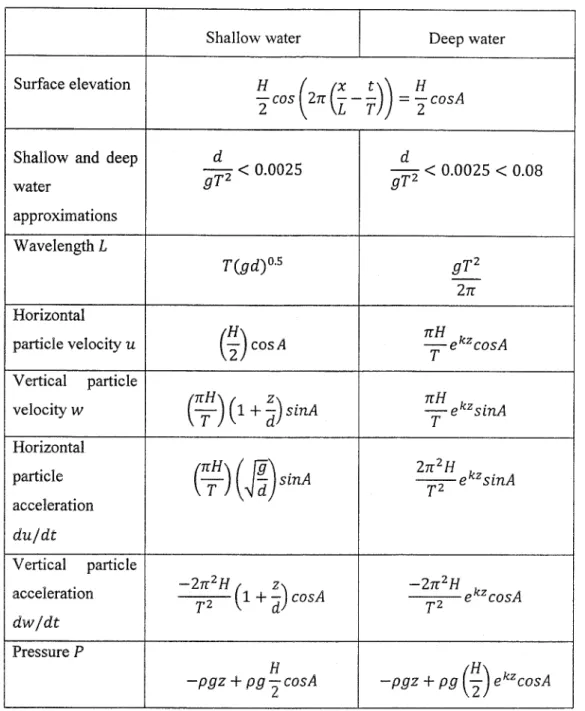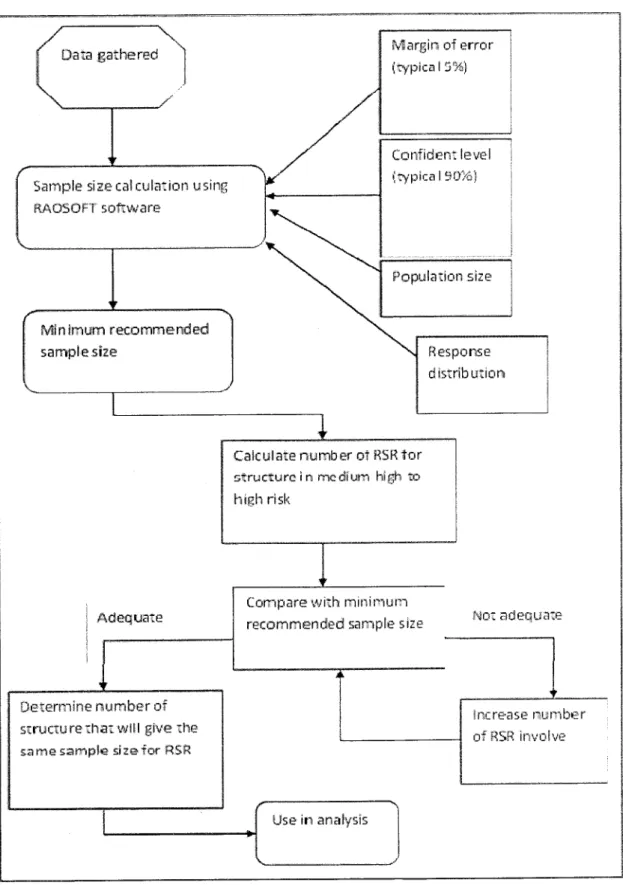Transient analysis along with reliability method and redundancy analysis is a common approach to analyze aging jacket platforms in Malaysia. Based on statistical sampling, a minimum of 183 reserve power ratios are required at a 90% confidence level to represent the total medium to high risk jacket platforms in the Malaysian region. Eight numbers of typical jacket platforms with at least 192 reserve power ratios were selected for this study.
Push-over analysis was used to estimate the reserve strength ratio of typical jacket platforms in Malaysian region. Comparison between reserve strength ratio of intact and damaged jacket platform was evaluated and reserve strength ratio reduction percentage was calculated. Based on this, the effect of types of bracing, especially X and diagonal bracing arrangement for typical jacket platform was investigated.
Most of these facilities are fixed platforms ranging from drilling, wellheads, living quarters, production, risers and vents. The fixed jacket platform consists of a framework design, consisting of tubular members with an upper deck attached to the top of the jacket frame, and piles driven through the legs to secure the structure to the seabed.
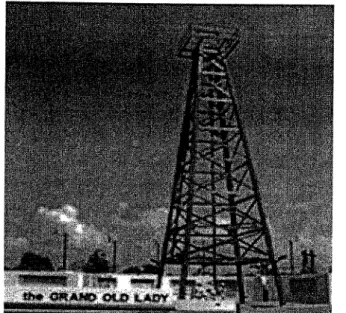
Reliability approach in Malaysia
Prior to 1997, reliability approach was not a common engineering practice for the oil and gas industry in Malaysia. This was due to the limited exposure to the technique, limitation in calculation system and no demand for such analysis by the oil and gas industry before 1997. Using this method, routine inspection is no longer performed using fixed interval time, but rather is planned based on the risk, deterioration mechanisms and current condition of the structure.
A series of fatal accidents that occurred in the oil and gas industry in the 80s provided the engineers and scientists with valuable factual data to improve and upgrade current practices in the design, operation and decommissioning of offshore facilities. Examining the failure mechanisms and the result from the Failure Mode Effect Analysis of each event gave birth to the new Modern API standard. Risk management approach using probability and consequence of failure, with integrity and reliability management also became prominent and imperative for almost all oil and gas operating companies in Malaysia.
Figure 1.6 shows that the oil and gas industry caused the largest fatal accident between 1970 and 1979. According to these new standards, the system is designed using fitness for purpose and intended performance requirements within the life cycle of the structure.
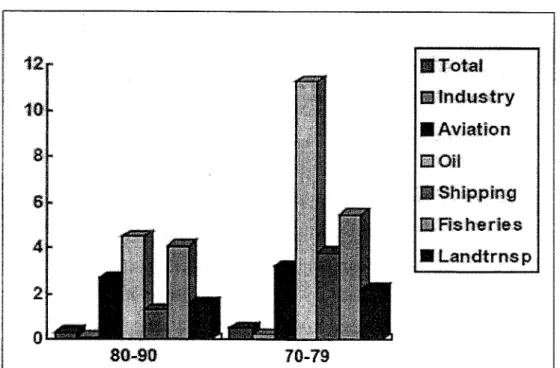
Problem statements
However, this situation has significantly reduced during the period due to the introduction of stricter safety procedures, codes and standards within the industry.
Objective
Scope of study
Software and tool
Chapter conclusion
The RSR is defined as the ratio between the base shear value at the collapse of the platform and that of the 100-year environmental load. Therefore, in most engineering design, static wave analysis is used to calculate the global forces acting on the structure. There may also be a change in the direction of the global maximum force for the entire structure compared to that.
Primary frame to provide global stiffness and strength of the structure (also known as structural elements). For this study, the iteration convergence method was used to verify the numerical accuracy of the analysis result. This relationship is crucial for understanding the effect of environmental stress on the safety performance of the structure.
The structural modeling represented the resistance of the structure and the environmental load modeling represented the load acting on the structure. This suggests that platform capacity is related to the failure mechanism.
2
Chapter overview
This chapter presents the previous work and findings related to the development of the reliability approach in Malaysia and in the industry worldwide. Life extension of aging platforms to save costs and increase production efficiency is widely practiced in Malaysia. This approach offers the development and application of a reliability method and non-linear analysis for offshore platforms to meet the minimum requirements for safe operations.
Revaluation guidance for the seniority structure and the underlying reliability methodology are also discussed in this chapter.
Extension of service life for ageing platforms
Each degradation mechanism is based on uncertainties of the resistance to failure for each component. The resistance of the component to failure is represented by the right-hand side in probability density function. In other words, the behavior of the structure after reaching ultimate strength represents the global failure mechanism for the structure.
This is due to the variation of behavior from the structural global system response in the pre- and post-ultimate strength region. Most definitions relate RSR to the first significant peak or the highest peak of the load-deformation curve (Re-assessment Basis PRSS 1999). This is easily done by calculating the dimensionless wave steepness and dimensionless relative depth of the wave.
From these formulas and the graph, it is convenient to select the appropriate wave theory according to the environmental conditions present at the location of the structure. The calculation of the wave force on a structure, especially on tubular elements, depends on the ratio between the wavelength and the diameter of the element. When using Morison's equation to calculate forces, it is important to know the limitations of the equation.
For this study, two important aspects of structural modeling are the geometric and material properties of the model. However, the overall effect of this modeling is not so important for the global safety of the structure. Linear wave theory with exponential extrapolation of wave particle velocity and acceleration above the surface of still water.
Linear wave theory with Wheeler stretching of the fluid kinematics with each specified flow being stretched. For the purpose of this study, the appropriate size of the incremental factor must be determined based on a trade-off between time and accuracy of the analysis. Soil resistivity and pile-soil interaction were modeled and analyzed as an integrated part of the structure.
The lower the value for the correlation coefficient. r2) suggests more scattered data compared to the higher value of the coefficient, as illustrated in Figure 3.26. The approximation of reliability for a fixed jacket platform was determined by calculating the return period of the environment. The observation of the graphs shows that the platform P8 has a large capacity reduction in a damaged model.
Strong correlation coefficients (r2 = 0.98) give high confidence in the applicability of the graphs in predicting the return period and failure probability based on the confidence index.
